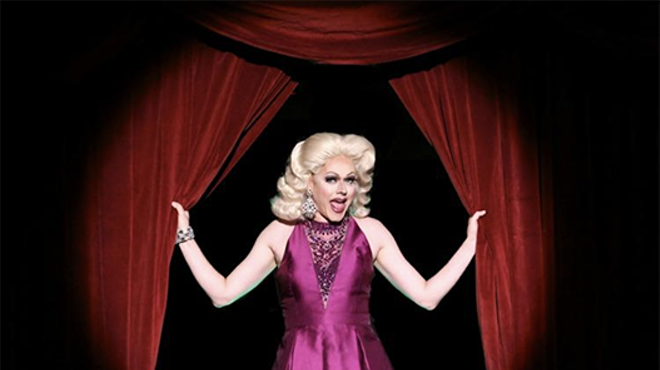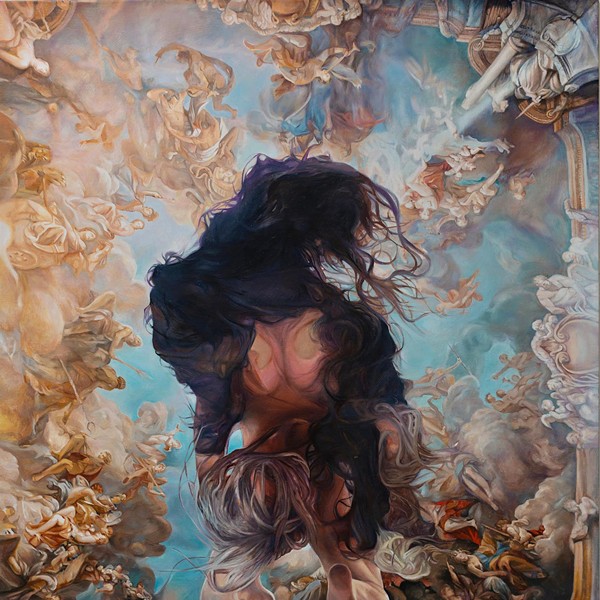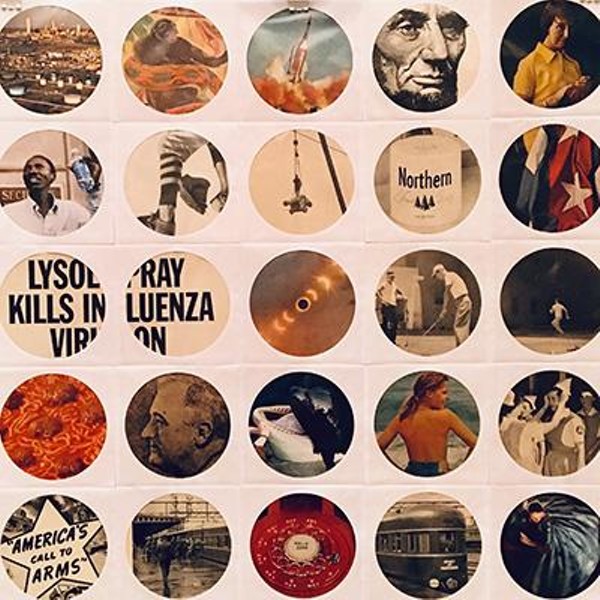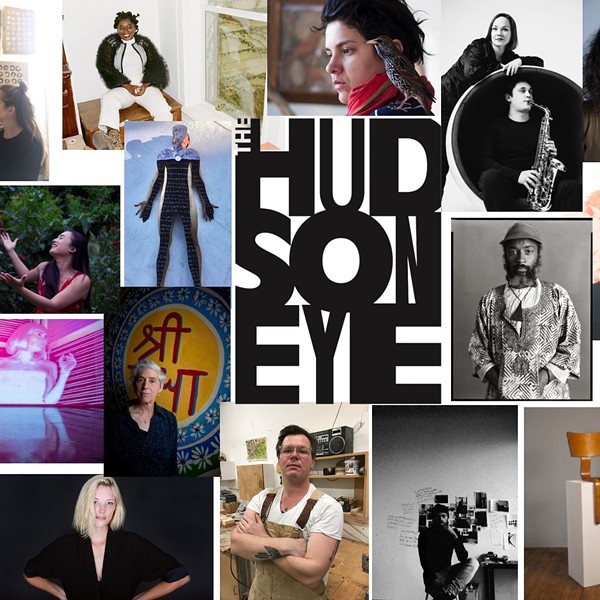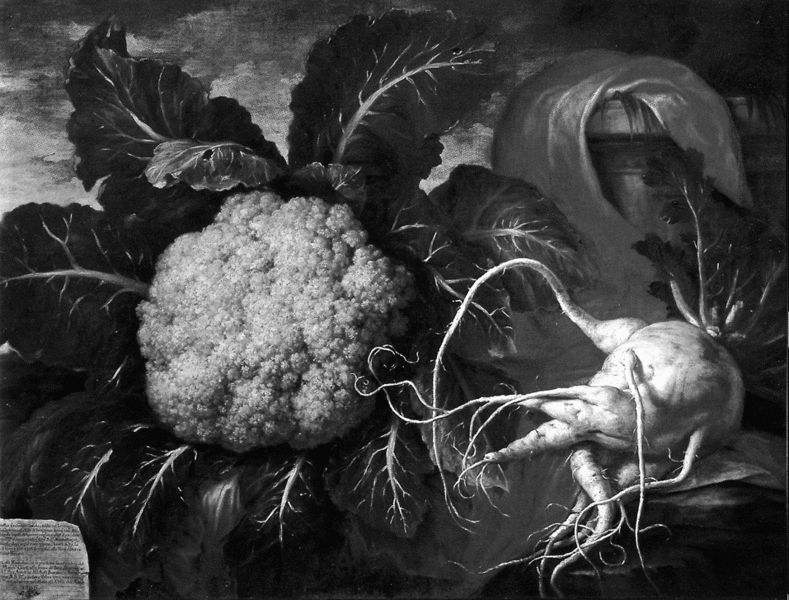
There are three dominating influences in Italian culture, and all have left their mark in the form of art and design. The Catholic church, the obvious number one, supported and frustrated every master from Cimabue to Caravaggio, leaving an immeasurable legacy. Second, the national compulsion for fare la bella figura (the art of looking good) has given us such wonders as Ferrari and Armani, not to mention all the astonishing Italian craftsmen in leather, stone, wood, and glass who continue to be a worldwide resource.
And then there’s abbondanza. This word translates as “abundance,” but it expresses so much more on the Italian tongue, embodying the zeal for the good life that makes Italy and Italians so endlessly popular and satisfying.
The exhibit “Natura Morta: Still-Life Painting and the Medici Collections,” now at the Hyde Collection in Glens Falls, is all about the abbondanza. Big, beautiful, lush paintings (along with a few quite small ones and a quartet of stone inlays) from the Italian Baroque period (roughly 1600-1720) overflow from their ornate frames to fill the museum’s Charles R. Wood Gallery, which has been painted pomodoro red and mustard yellow. It is a regal setting for these 42 pieces by more than 20 painters, selected from the royal Medici collection of more than 600 such works, and it is there to be savored like a meal at a Tuscan villa just after the grape harvest (and, like the meal, perhaps topped off by a nice glass of grappa).
The star of the show is Bartolomeo Bimbi (1648-1723), Italy’s foremost still-life painter of the era, and a clear favorite of the Medici line. Among Bimbi’s specialties was the agricultural portrait—large paintings of spectacular examples of fruits and vegetables, the outsized results of the farmer’s art. One of the best pictures in the show is of an enormous cauliflower and wild (literally and figuratively) radish. Next to it is an 11-pound bunch of glistening red grapes, presented several times life-size. Underlining the painting’s intention as a portrait, Bimbi included within it a text panel detailing his subject’s virtues and provenance.
Belying the literal meaning of natura morta—dead nature—Bimbi’s paintings positively burst with life: animals, flowers, and still-growing plants. In one dazzling example, a thick wreath of innumerable and varied blooms provides the setting for a cavorting pair of swallows. The object would be cloyingly sentimental, if it weren’t painted with such impressive skill and vibrant attention to detail.
This is one art show you’ll wish to share with a botanist; it would be as gratifying to view the pictures through the lens of natural science as any artistic perspective. Indeed, the specificity and cataloging were a major part of these works’ purpose—their Baroque sumptuousness just comes along with the package. And though all that beauty is not to be taken for granted, in a place like Italy, that would be understandable.
“Natura Morta: Still-Life Painting and the Medici Collections” continues at the Hyde Collection through January 13, 2008. A lecture titled “Renaissance Men, Renaissance Women: The Medici as Patrons of the Visual Arts” by Michael Cassin will be held at the Hyde at 2pm on December 9. (518) 792-1761. www.hydecollection.org.








